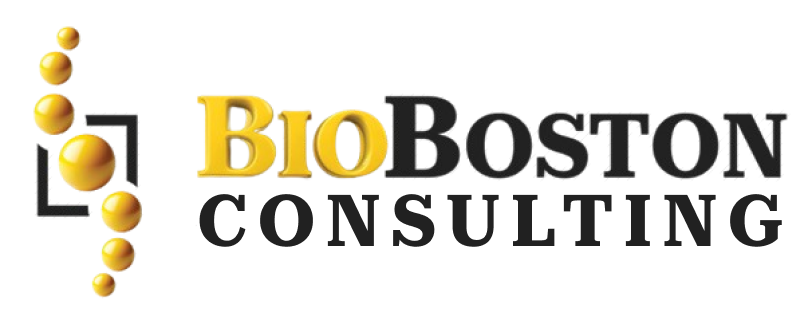Explore the FDA drug approval process in detail, from drug discovery to clinical trials (phases 1-3), regulatory submission, and post-approval monitoring.
Introduction
The journey from discovery in the laboratory to an FDA-approved pharmaceutical product is long, complex, and highly regulated. At BioBoston Consulting, we understand the importance of navigating the FDA drug approval process efficiently. This process serves as a rigorous gatekeeper, ensuring that only safe and effective drugs reach patients. In this guide, we’ll walk you through each step of the FDA drug approval process, from discovery to patient care, providing key insights into clinical trials, regulatory submissions, and FDA reviews.
How the FDA Drug Approval Process Works?
The FDA drug approval process is designed to ensure that pharmaceutical products are safe, effective, and of high quality. Here’s an in-depth look at the key stages of the process:
1. Drug Discovery and Development:
The journey begins with drug discovery, where scientists identify potential drug candidates through laboratory experiments and preclinical studies. This phase involves testing compounds for safety, efficacy, and potential therapeutic use. After identifying a promising candidate, the development phase begins, involving extensive research and development to optimize the drug’s formulation.
2. Phase Before Investigational New Drug (IND) Application:
Before clinical trials can begin, pharmaceutical companies must submit an Investigational New Drug (IND) application to the FDA. The IND application includes preclinical data, manufacturing details, and proposed methods for clinical trials. The FDA reviews this application to ensure patient safety and the scientific validity of the clinical trial design.
3. Clinical Trials:
Clinical trials are the cornerstone of the FDA drug approval process, consisting of three distinct phases:
- Phase I: A small group of healthy volunteers is used to assess the drug’s safety, determine the appropriate dosage, and identify potential side effects.
- Phase II: The drug is tested in a larger group of patients to evaluate its effectiveness and continue monitoring safety.
- Phase III: The drug is tested in an even larger patient population to confirm its safety and efficacy. Phase III trials provide the most comprehensive data on how the drug performs in the real world.
These trials are essential to determine whether the drug can be safely and effectively used as intended.
4. Submission of New Drug Application (NDA):
If clinical trials are successful, the pharmaceutical company submits a New Drug Application (NDA) to the FDA. The NDA contains comprehensive data on the drug’s safety, efficacy, manufacturing processes, and labeling. The FDA reviews this application to assess the overall benefit-risk profile of the drug.
5. FDA Review and Action:
Once the NDA is submitted, the FDA’s multidisciplinary teams of scientists conduct an intensive review of the drug’s data, including safety, efficacy, labeling, and manufacturing. The FDA may request additional information or clarification during this stage.
6. Advisory Committee Review:
For some NDAs, the FDA convenes an independent advisory committee of experts to evaluate the drug and make recommendations. While the advisory committee provides valuable input, the final decision lies with the FDA.
7. FDA Approval or Rejection:
Based on the comprehensive review and advisory committee recommendations, the FDA decides whether to approve or reject the drug. If approved, the drug receives a New Drug Approval (NDA), allowing it to be marketed for its intended use.
8. Post-Approval Monitoring:
Even after a drug is approved, the FDA continues to monitor its safety and effectiveness through post-market surveillance programs. These programs ensure that any long-term or rare side effects are identified and addressed, maintaining the drug’s safety profile for patients.
9. FDA Expedited Programs:
For potentially life-saving drugs that fill an unmet medical need or offer significant advantages, the FDA may offer expedited approval through special programs such as:
- Fast Track
- Breakthrough Therapy
- Priority Review
- Accelerated Approval
These programs help speed up the approval process for drugs that can significantly improve patient outcomes.
Conclusion
The FDA drug approval process is a rigorous, multi-step journey designed to ensure that only safe and effective drugs reach the market. From preclinical research to clinical trials, regulatory submissions, and FDA reviews, this process serves as a vital protection for patients. As a quality and regulatory consulting firm for the life sciences industry, BioBoston Consulting understands the intricacies of this process and is here to help your pharmaceutical company navigate the FDA drug approval process.
Our team of experienced professionals can guide your company from IND readiness through NDA submission, helping you streamline your regulatory pathway and increase the likelihood of success. Together, we can facilitate access to life-saving medicines for patients in need.
Get in touch with BioBoston Consulting today or visit our website to learn more about how we can help your organization succeed in the FDA drug approval process.


